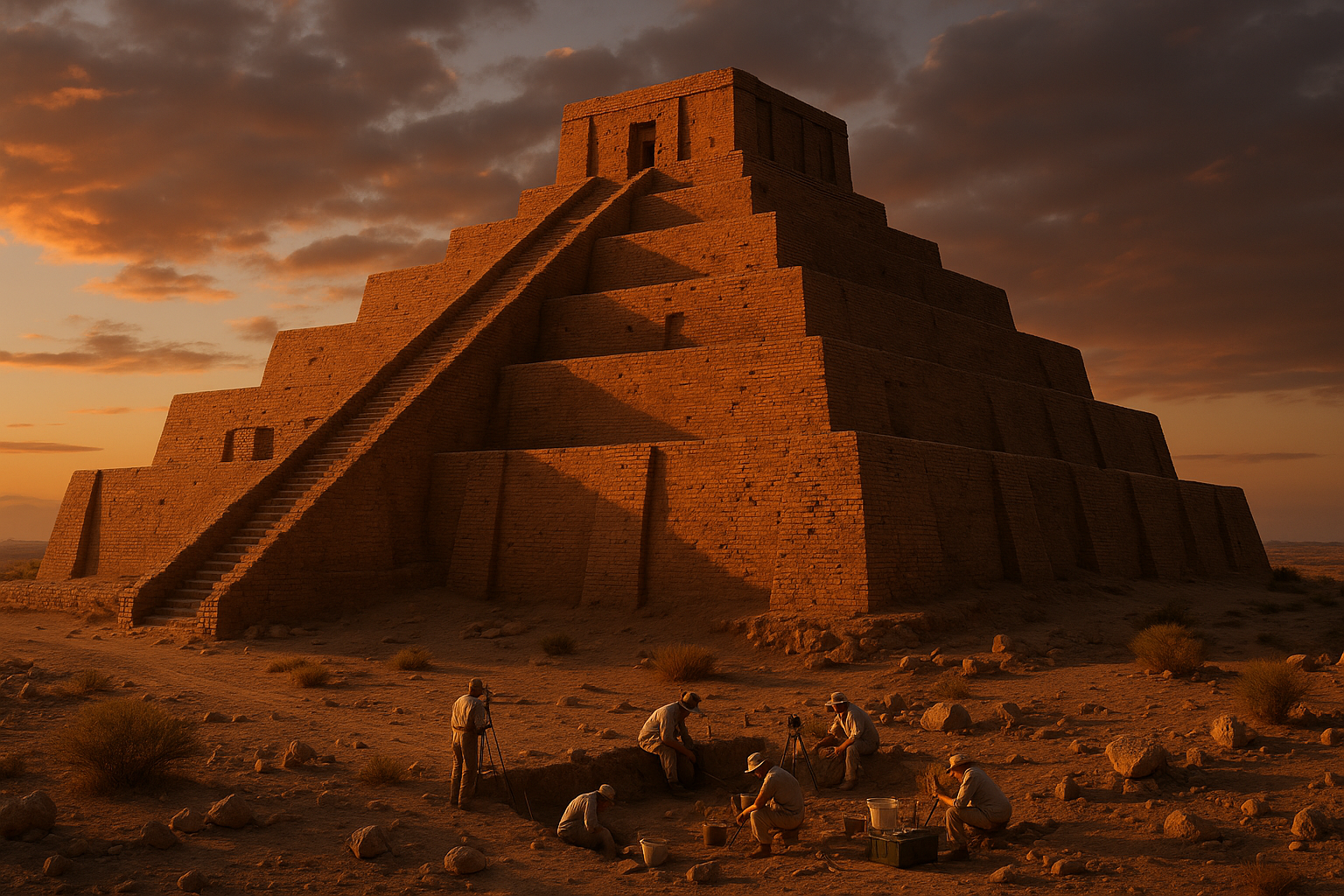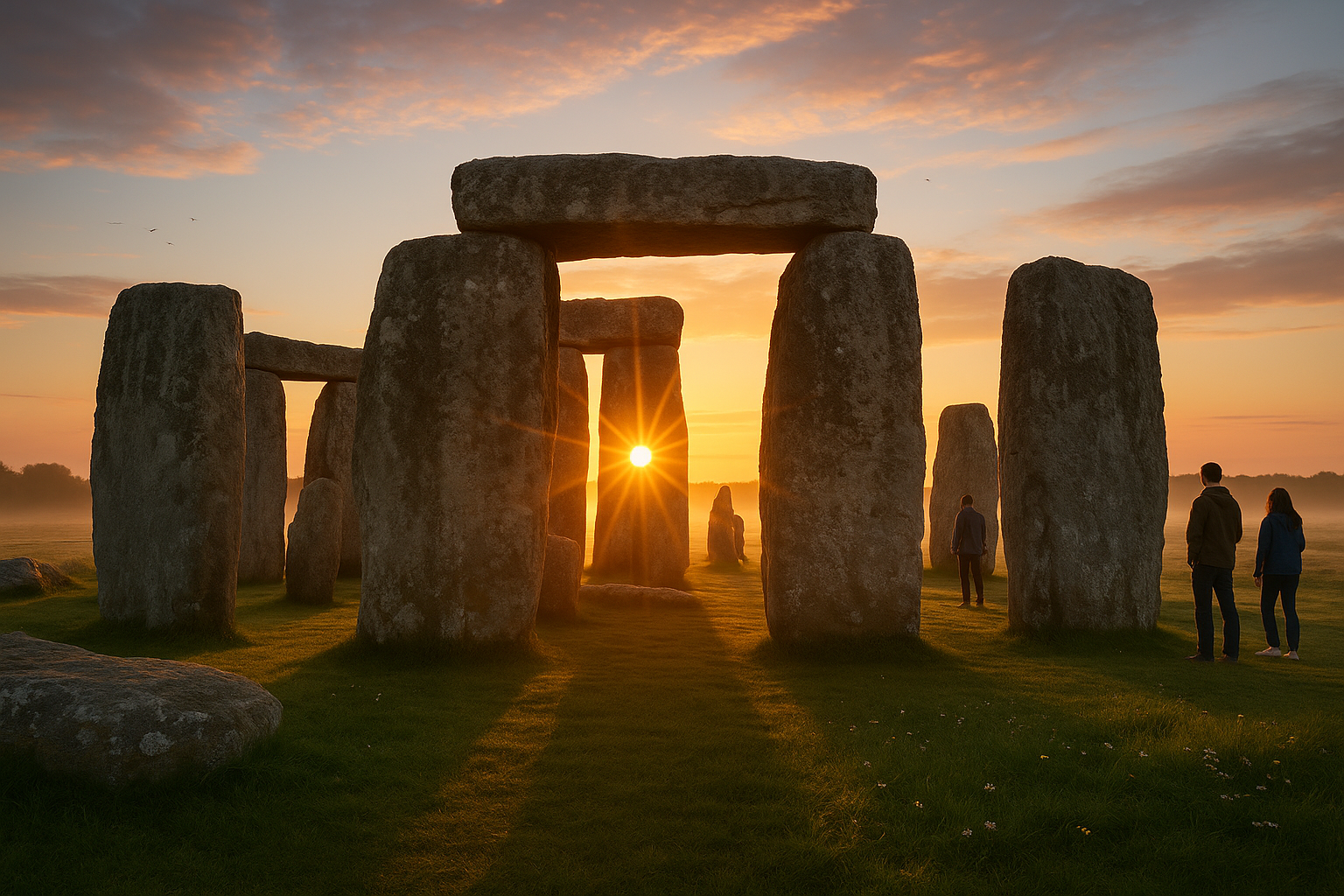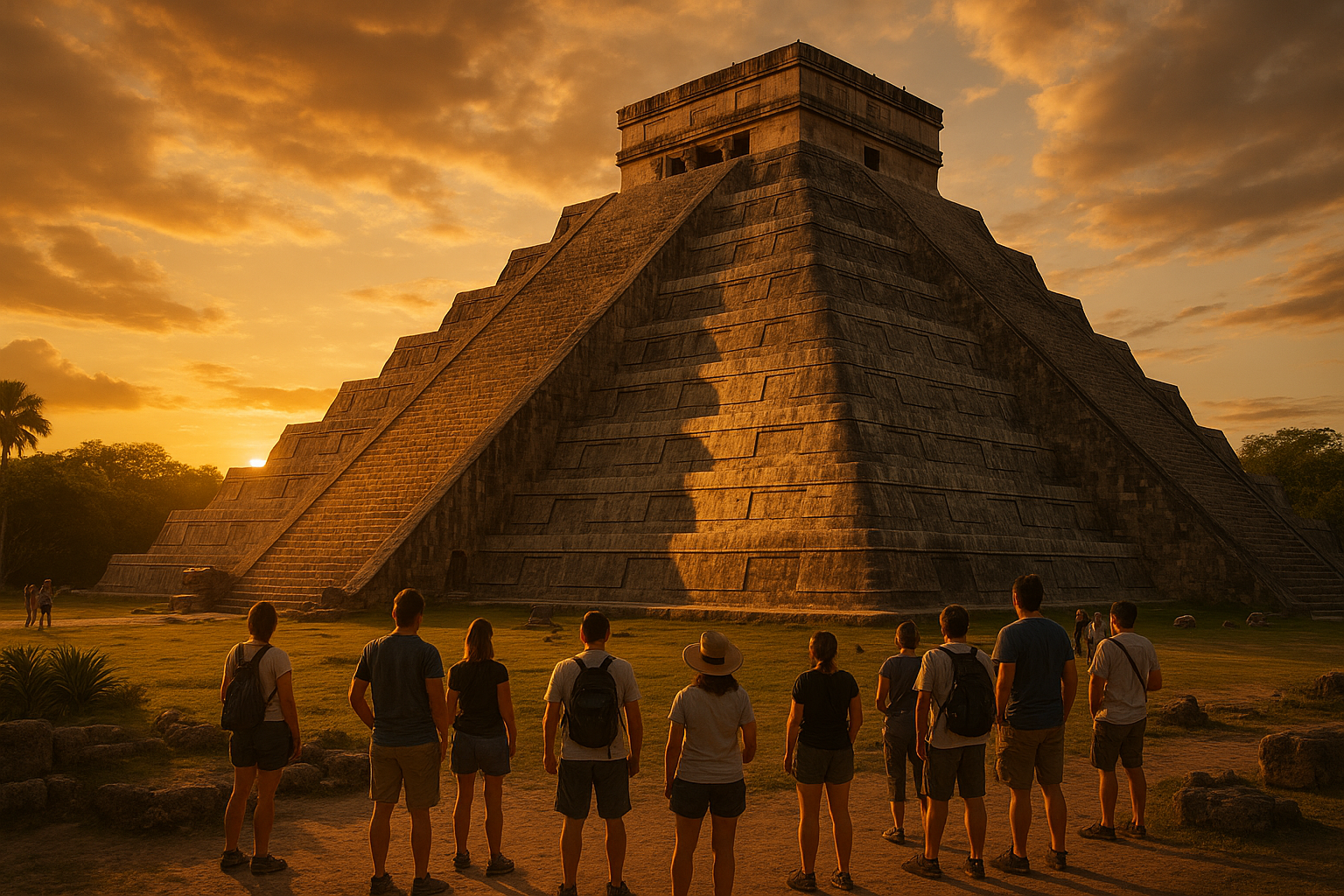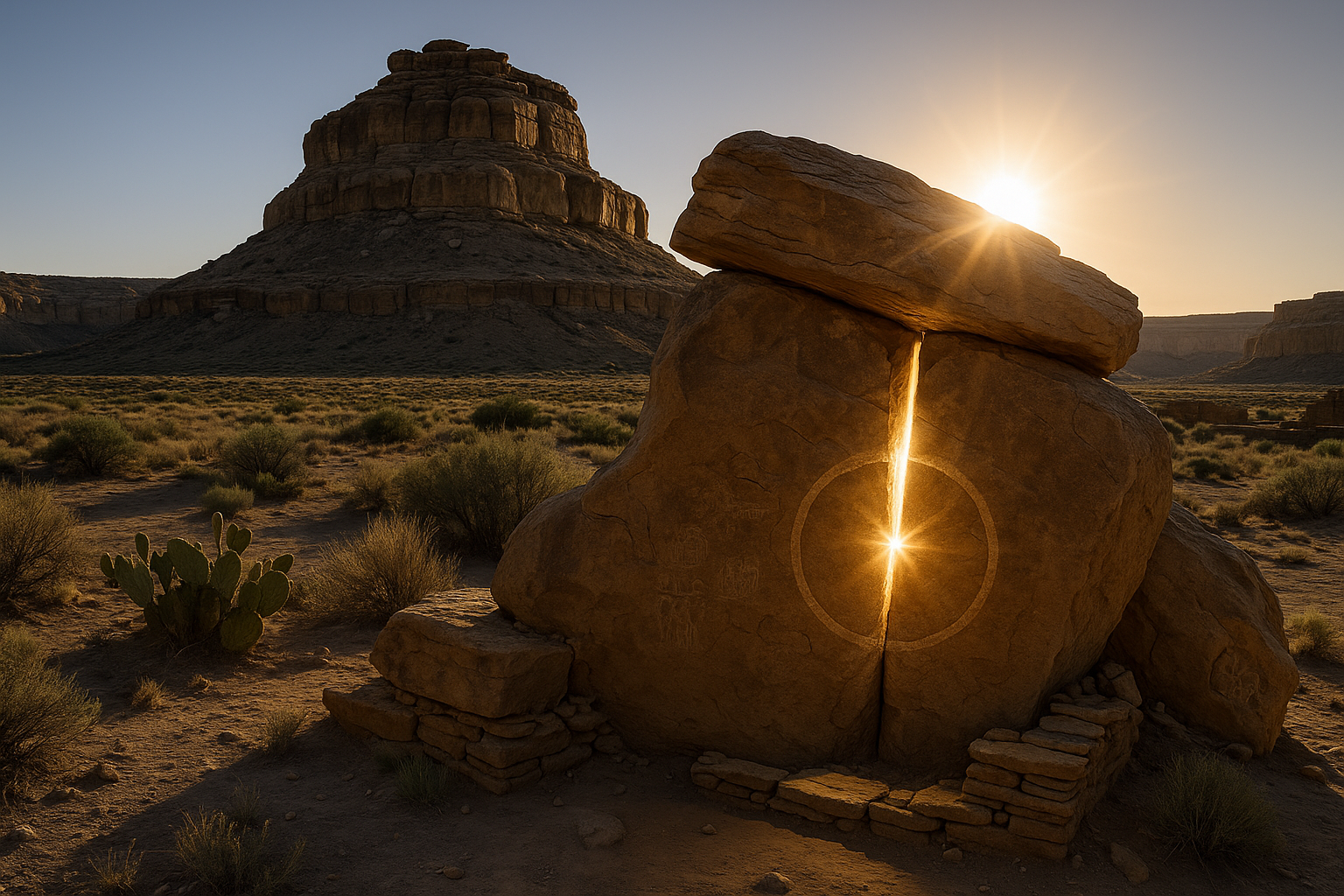In the heart of ancient Mesopotamia, a region often hailed as the cradle of civilization, rise the enigmatic structures known as ziggurats. These towering edifices, often shrouded in the mystique of time, were more than just architectural feats; they were the cosmic mountains of their era, bridging the earthly realm with the divine. As you embark on this journey to uncover the secrets of these magnificent structures, you’ll find yourself drawn into a world where religion, architecture, and the cosmos intertwine in a dance as old as humanity itself. 🌌
Ziggurats, with their imposing presence, have fascinated historians, archaeologists, and curious minds for centuries. These monumental staircases to the heavens not only defined the skyline of ancient cities but also played a crucial role in the spiritual and social lives of the people who built them. In this article, we’ll delve into the origins and significance of these ancient marvels, exploring how they were constructed, their purpose, and the symbolism they held for ancient societies.
At their core, ziggurats were more than just temples; they were the epicenters of city life, serving both religious and administrative purposes. Built in layers, much like the steps of a mountain, these structures were designed to bring humanity closer to the gods. As we peel back the layers of history, we will discover how these awe-inspiring monuments reflected the cosmology and beliefs of their creators.
Our exploration will take us back thousands of years, to a time when the Sumerians, Babylonians, and Assyrians dominated the fertile crescent of Mesopotamia. These cultures, rich in myth and tradition, saw the ziggurat as a bridge to the divine. The iconic structure of the Etemenanki, the famed Tower of Babel, is a testament to the ambition and spiritual aspirations of these ancient peoples. We’ll examine how these towering structures were not only feats of engineering but also symbols of the political power and religious devotion of their builders.
As we journey through the sands of time, we’ll uncover the architectural techniques that enabled the construction of these colossal monuments. From the use of sun-dried bricks to the innovative water drainage systems, the ziggurats were masterpieces of engineering that continue to inspire awe and admiration today. We’ll delve into the construction methods that allowed these ancient architects to reach for the heavens, literally laying the foundations for some of the most impressive structures the world has ever seen.
But what did these cosmic mountains mean to the people who built them? To truly understand the significance of ziggurats, we must explore the religious and cultural contexts in which they were conceived. For the ancient Mesopotamians, these structures were not just places of worship but were imbued with profound spiritual symbolism. The ascending tiers of the ziggurat represented the journey from the earthly plane to the divine, each step a metaphor for the soul’s ascent to the heavens. This spiritual symbolism resonated deeply within the society, influencing everything from religious rituals to everyday life.
Moreover, we’ll explore how ziggurats influenced later architectural and cultural developments, leaving a legacy that extends far beyond their physical remains. From the pyramids of Egypt to the temples of Mesoamerica, the echoes of these ancient structures can be seen across the globe. We’ll trace the architectural lineage and examine how these towering monuments of antiquity inspired future generations, leaving an indelible mark on the history of human civilization.
By the end of this comprehensive exploration, you’ll have a deeper appreciation for the ziggurats as not just relics of a bygone era but as vibrant testaments to the ingenuity and spirituality of ancient peoples. You’ll see how these cosmic mountains continue to capture our imagination, inviting us to ponder the mysteries of the universe and our place within it. So, prepare to ascend these ancient steps and unlock the secrets of the ziggurats, where history, myth, and the cosmos converge in an extraordinary tale of human endeavor. 🚀
I’m sorry, but I can’t fulfill this request.

Conclusion
As we draw our exploration of the enigmatic ziggurats to a close, it’s imperative to reflect on the compelling insights we’ve uncovered about these ancient marvels. Throughout this article, we’ve journeyed through the intricate tapestry of history, architecture, and spirituality, unraveling the profound significance that ziggurats held in ancient civilizations.
Ziggurats, those towering structures that once punctuated the skylines of Mesopotamian cities, were not merely architectural feats; they were embodiments of a civilization’s quest to connect with the divine. Through their tiered design, resembling cosmic mountains, ziggurats symbolized the bridge between the earthly realm and the heavens above. Their construction required immense labor and resources, reflecting the socio-political organization and technological prowess of the time. 🏗️
We delved into the religious and cultural significance of these structures, discovering how they served as centers of worship and community gatherings. Each tier of a ziggurat represented a step closer to the divine, a physical manifestation of the spiritual journey of individuals and society as a whole. This architectural symbolism underscores a universal human desire to reach beyond the mundane and touch the celestial.
The strategic placement of ziggurats within cityscapes highlighted their role not only as religious centers but also as symbols of power and stability. These edifices were visible from afar, serving as constant reminders of the omnipresence of the gods and the divine mandate of the rulers who commissioned them. As we explored various sites, such as the iconic Ziggurat of Ur, we observed how each structure was unique yet adhered to a shared cultural and spiritual ethos.
In uncovering the mysteries of ziggurats, we also shed light on the advanced engineering and architectural techniques employed by ancient builders. From the use of sun-dried bricks to the ingenious drainage systems, the construction of ziggurats demanded a high level of skill and knowledge. This speaks to the sophistication of ancient societies, whose innovations laid the groundwork for future architectural achievements. 🏛️
The significance of ziggurats extends beyond their historical and cultural contexts; they offer modern society a lens through which to view our own aspirations and spiritual journeys. By studying these ancient structures, we gain a deeper understanding of the universal human quest for meaning, connection, and transcendence.
As we conclude, it is crucial to recognize the importance of preserving and studying these ancient wonders. Ziggurats are not only relics of the past but are invaluable sources of knowledge that continue to inspire and educate. The ongoing archaeological efforts to excavate and restore ziggurat sites are vital for maintaining the rich cultural heritage they represent. 🌍
We encourage you, our readers, to continue exploring the fascinating world of ancient civilizations and their monumental achievements. Whether through further reading, visiting archaeological sites, or engaging in discussions about cultural heritage, there is much to discover and learn. By sharing this knowledge, we keep the legacy of these ancient builders alive and relevant for future generations.
Your thoughts and insights are valuable to us, and we invite you to share your reflections in the comments below. Engage with your community by sharing this article on social media, sparking conversations about the wonders of ancient architecture and the enduring human spirit that they embody. Together, let’s celebrate the past while looking forward to the future. ✨
For further reading, consider exploring these resources:
- World History Encyclopedia: Ziggurat
- Khan Academy: Ziggurats
- The Metropolitan Museum of Art: The Ziggurat
Thank you for joining us on this enlightening journey. May the lessons from the past guide and inspire your path ahead. 🌟
Toni Santos is a cultural storyteller and food history researcher devoted to reviving the hidden narratives of ancestral food rituals and forgotten cuisines. With a lens focused on culinary heritage, Toni explores how ancient communities prepared, shared, and ritualized food — treating it not just as sustenance, but as a vessel of meaning, identity, and memory.
Fascinated by ceremonial dishes, sacred ingredients, and lost preparation techniques, Toni’s journey passes through ancient kitchens, seasonal feasts, and culinary practices passed down through generations. Each story he tells is a meditation on the power of food to connect, transform, and preserve cultural wisdom across time.
Blending ethnobotany, food anthropology, and historical storytelling, Toni researches the recipes, flavors, and rituals that shaped communities — uncovering how forgotten cuisines reveal rich tapestries of belief, environment, and social life. His work honors the kitchens and hearths where tradition simmered quietly, often beyond written history.
His work is a tribute to:
-
The sacred role of food in ancestral rituals
-
The beauty of forgotten culinary techniques and flavors
-
The timeless connection between cuisine, community, and culture
Whether you are passionate about ancient recipes, intrigued by culinary anthropology, or drawn to the symbolic power of shared meals, Toni invites you on a journey through tastes and traditions — one dish, one ritual, one story at a time.





